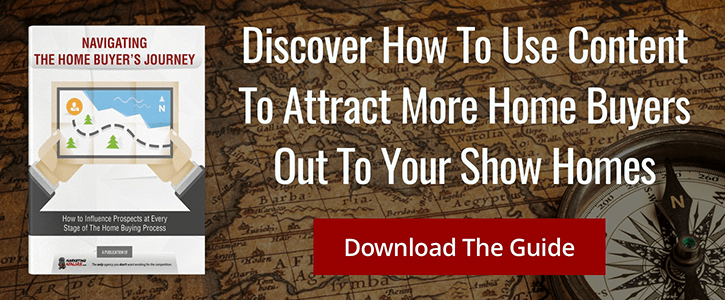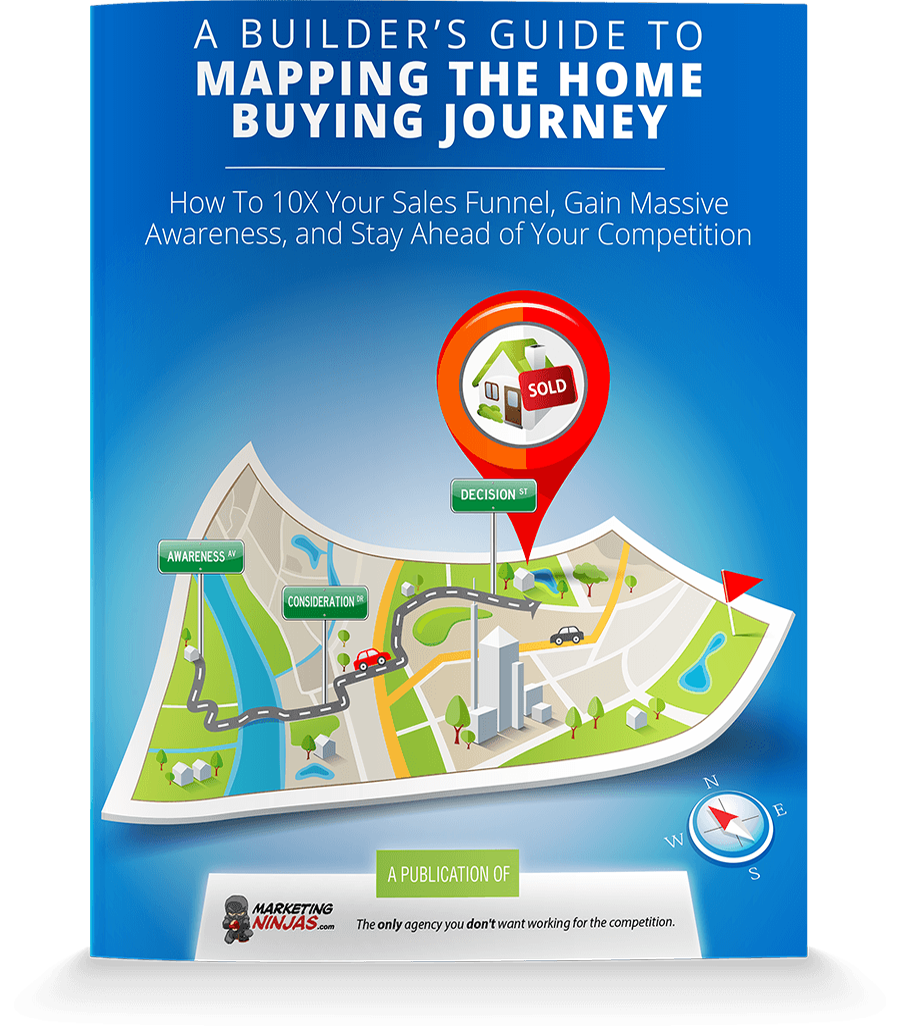Influence and Persuasion: 6 Ways to Sell More [Infographic]
When you're trying to sell your product or service to someone, a little encouragement can go a long way. The power of influence and persuasion on a buyer's purchasing decisions is an exciting area of leverage that all salespeople should be using. Everreach has compiled their informative research and numerous studies into the comprehensive infographic below that highlights the 6 things you can use to understand your buyer better and capture more sales.
Influence and Persuasion: The Science Behind it All
What influences us to say "yes"? Researchers have been studying this question for over 60 years and there can be no doubt there is a science to how we are persuaded. Colour affects what we buy, just like what we say. Here are the 6 universal facts that guide our decision making:
1. Reciprocity - The obligation to give back what you have received from others.
In a study, the giving of a mint increased a waiter's tip by 3%. Two mints equal an increase in 14% in the tip left. The key to using the principle of reciprocation is to be the first to give and be sure it is both personalized and unexpected.
2. Scarcity - People want more of those things there are less of.
When British Airways announced that they would no longer be running the twice-daily route from London to New York concord flight because it had become uneconomical, sales took off the very next day. Note that nothing had changed, it had simply become scarce and as a result people wanted it more. It's not enough to just tell people about the benefits they'll gain, you'll also need to point out what is unique and what they stand to lose.
3. Authority - People will follow the lead of credible and knowledgable experts.
Physiotherapists, for example, are able to persuade most of their patients to comply with programs if they display their medical diplomas on the wall of their offices.
At a property rental agency, the staff arranged for the receptionist to first mention their colleagues' credentials before putting them through. "Let me put you through to Jessica, she has over 15 years experience in property management." This approach led to a 20% rise in appointments and a 15% increase in signed contracts.
It's important to signal to others what makes you a credible, knowledgable authority before you make your attempt at influencing them.
4. Consistency - Activated by looking for and asking for small initial commitments that can be made.
Once, in a street, few people were willing to display an unsightly board in their front garden to support a drive safely campaign. But in a similar street, 4 times as many homeowners will willing to display the board. Why? Because ten days ago they had agreed to place a small postcard in the window of their home to support the campaign. That small card was the initial commitment that led to a 400% increase.
5. Liking - People prefer to say yes to those they like. But what causes a person to like another?
In a series of studies carried out at two business schools, a group of MBA students were told to adopt the "Time is Money" idea in a meeting and get straight down to business. In this group, 55% were able to come to an agreement with the person.
The second group were told, before you begin negotiations, exchange some personal information, identify a similarity you share in common and then begin negotiations. In this group 90% were able to reach successful and agreeable outcomes.
The lesson to take away from these studies is that to harness this powerful principle of liking, look for areas of similarity you share with others and genuine compliments you can give before you start business.
6. Consensus - People will look to the actions of others to determine their own.
Science is telling us that rather than relying on our own ability to persuade others, we can point to what others are already doing.
Hotels often place small cards in hotel bathrooms to persuade guests to reuse towels. Most do this by informing the guest of the benefits the reuse can have on the environment. This strategy leads to around 30% compliance.
What happens if we took a lesson from the principle of consensus and included informations on the cards that said "75% of our guests reuse their towels, so please do so as well." Changing a few words on a sign to honestly point out what previous guests have done is the single most effective message, leading to 33% in towel reuse.
There we have it! Those are the 6 scientifically validated principles of persuasion that provide for small, practical and often costless changes that can lead to big differences in your ability to influence and persuade others in an entirely ethical way.
What are you waiting for?


![Influence and Persuasion: 6 Ways to Sell More [Infographic]](http://blog.velocity23.com/hubfs/influence-and-persuasion-featured-image.png)






